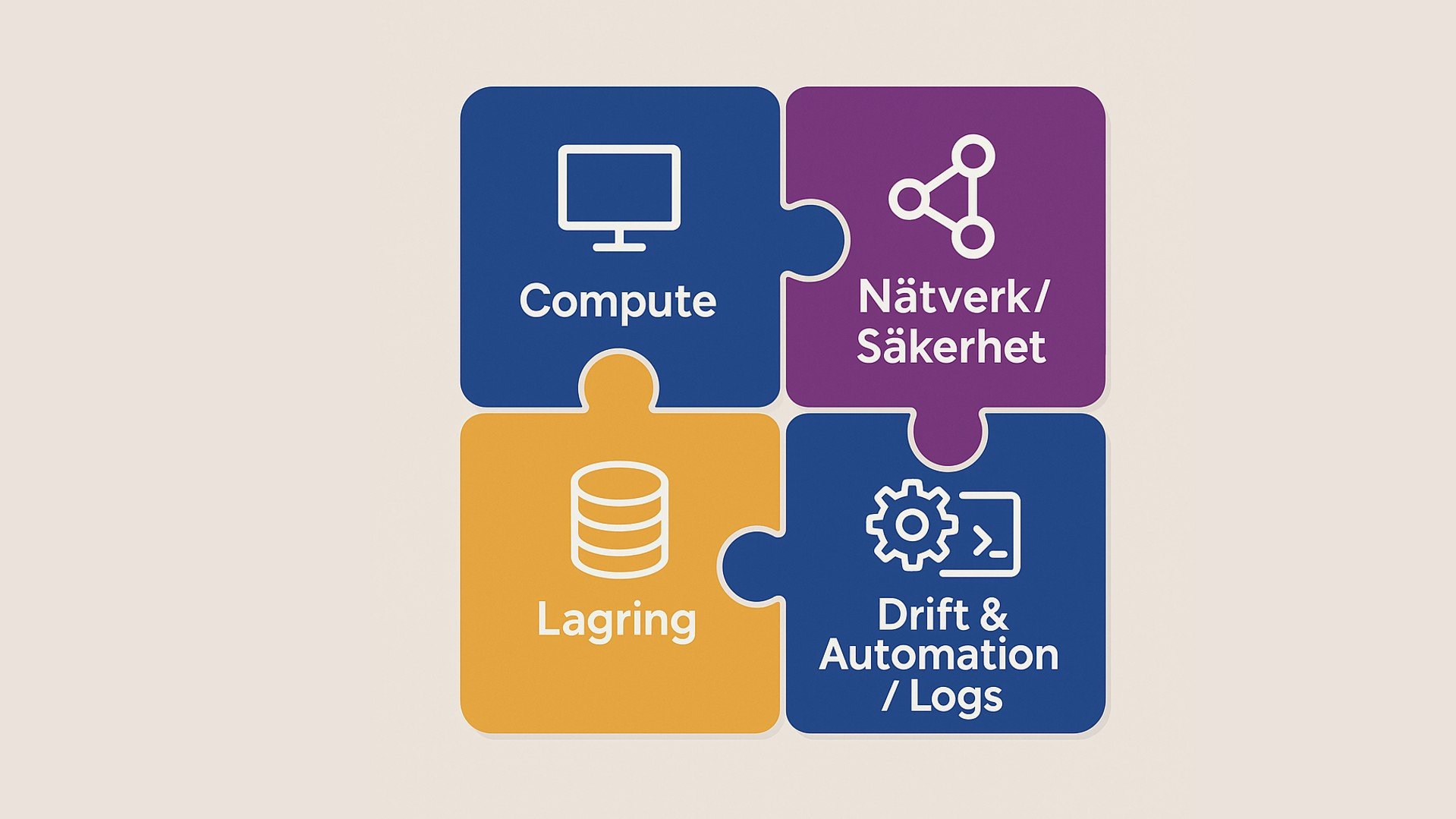Running Containers on Amazon Elastic Kubernetes Service (Amazon EKS)

Amazon EKS makes it easy for you to run Kubernetes on AWS without needing to install, operate, and maintain your own Kubernetes control plane. In this course, you will learn container management and orchestration for Kubernetes using Amazon EKS.
You will build an Amazon EKS cluster, configure the environment, deploy the cluster, and then add applications to your cluster. You will manage container images using Amazon Elastic Container Registry (ECR) and learn how to automate application deployment. You will deploy applications using CI/CD tools. You will learn how to monitor and scale your environment by using metrics, logging, tracing, and horizontal/vertical scaling. You will learn how to design and manage a large container environment by designing for efficiency, cost, and resiliency. You will configure AWS networking services to support the cluster and learn how to secure your Amazon EKS environment.
Target Audience and Prerequisites
This course is intended for people who provide container orchestration management in the AWS Cloud including:
- DevOps engineers
- Systems administrators
We recommend that attendees of this course have:
- Completed AWS Cloud Practitioner Essentials (or equivalent real-world experience)
- Basic Linux administration experience
- Basic network administration experience
- Basic knowledge of containers and microservices
Detaljerad information
Container Fundamentals
- Design principles for building applications
- What are containers?
- Components of a container
- Writing Dockerfiles
Kubernetes Fundamentals
- Challenges of managing many containers
- What is Kubernetes and why is it important?
- Components of the Kubernetes control plane
- Kubernetes worker nodes and pods
- Key Kubernetes objects
- Managing Kubernetes with kubectl
Amazon EKS Fundamentals
- How Amazon EKS manages the Kubernetes control plane
- Fundamentals of Amazon EKS security
- Use cases for extending Amazon EKS to the data plane
- Running worker nodes on managed node groups
- Running containers on AWS Fargate with Amazon EKS
- Amazon EKS tasks versus Kubernetes tasks
Building an Amazon EKS Cluster
- Visual review of the Amazon EKS architecture to be built in labs
- IAM authentication
- Amazon VPC and AWS networking fundamentals
- Different methods to create a cluster
- High-level steps in cluster creation
- Function of eksctl
- Preparing for labs: Review the lab activities for the course
Deploying Applications to Your Amazon EKS Cluster
- Publishing container images to Amazon ECR
- Deploying applications with Helm
- Continuous deployment in Amazon EKS
- GitOps and Amazon EKS
Architecting on Amazon EKS Part 1: Observe and Optimize
- Configuring observability in an Amazon EKS cluster
- Collecting metrics
- Using metrics to automatically scale EC2 Auto Scaling groups
- Managing logs
- Application tracing in Amazon EKS
- Gaining and applying insight from observability
Architecting on Amazon EKS Part 2: Balancing Efficiency, Resiliency, and Cost
- Optimizing your Amazon EKS application architecture
- Relationship between cost, efficiency, and resilience
- Anatomy of an Amazon EKS cluster from a cost perspective
- Using tagging with pod placement for cost accountability
- Sizing containers and worker nodes efficiently
Managing Networking in Amazon EKS
- Review: VPC fundamentals
- The importance of major communication components
- Communication flow in a noncontainerized architecture
- Challenges of network communication in Kubernetes
- Comparing the Docker communication solution with the Kubernetes model
- How Amazon EKS and Amazon VPC simplify inter-node communications
- Managing pod communication in Amazon EKS
- The relationship between communications and scalability
- Running worker nodes in a subnet not associated with the cluster
- Managing service name resolution
- Using a service mesh with Amazon EKS
- Configuring AWS App Mesh
Securing Amazon EKS Clusters
- How IAM integrates with Kubernetes Role Based Access Control (RBAC)
- Managing cluster endpoint access control
- Auditing access with AWS CloudTrail logs
- Mitigating security risks during the build of a container image
- Securing network communications
- Managing secrets
- Hands-On Lab 06: Securing Amazon EKS
Managing Upgrades in Amazon EKS
- Contrasting Kubernetes version updates and Amazon EKS platform version updates
- Upgrading your Kubernetes version
- Upgrading your Amazon EKS version
- Maintaining your third-party applications
Kursen hålls på begäran - Kontakta oss för mer information.
Telefon: 08-562 557 50 E-post: kursbokning@cornerstone.se
Relaterat innehåll


